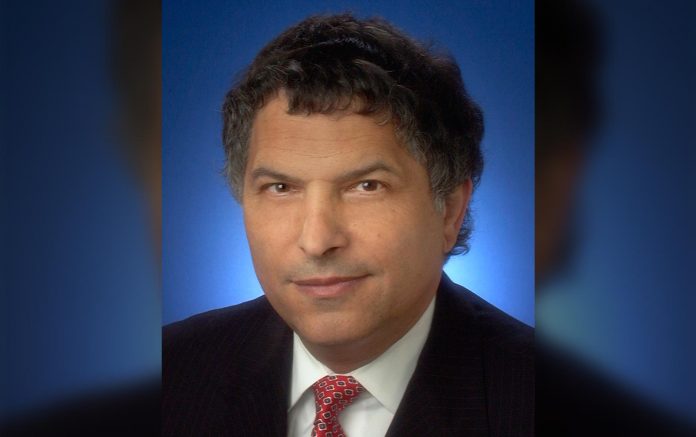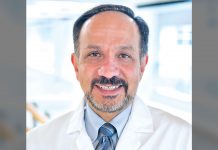On September 14, Eli Lilly and Company announced the retirement effective January 1, 2017, of Richard B. Gaynor, MD, senior vice president, Global Development & Medical Affairs for Lilly’s Oncology business. Before joining Lilly, Dr. Gaynor served as a faculty member at the University of California, Los Angeles, School of Medicine and the University of Texas Southwestern Medical Center. He currently sits on the boards of directors of the Damon Runyon Cancer Research Foundation and the Walther Cancer Foundation. IASLC Lung Cancer News recently spoke with Dr. Gaynor about his career and the future of cancer research.
“We thank Dr. Gaynor for his long-standing support and significant contributions to lung cancer research, to the lung cancer community, and most of all to the many patients with lung cancer who have—and will—benefit from his contributions,” says Fred R. Hirsch, MD, PhD, IASLC CEO
Q: What are the most remarkable developments that you have seen in lung cancer research during your time at Lilly?
A: The remarkable developments in the treatment of lung cancer have included a better understanding of the biology of lung cancer, such as the identification of specific driver mutations, and the recognition of the role of histology in clinical outcomes. These developments include the design of targeted agents for EGFR and ALK mutations, the ongoing development of immune checkpoint inhibitors, the use of maintenance therapy in non-progressing patients, and the increasing use of liquid biopsy to monitor genetic changes during therapy.
Q: What do you consider your greatest accomplishment regarding drug development in non-small cell lung cancer (NSCLC)?
A: While at Lilly, it has been very rewarding to participate in the development of Alimta (pemetrexed) for the treatment of non-squamous NSCLC, help establish its use as maintenance therapy, and collaborate to better understand its role in combination with checkpoint inhibitors. In addition, the registration of Cyramza (ramucirumab) in second-line NSCLC, Portrazza (necitumumab) for the frontline treatment of squamous NSCLC, and ongoing studies, including a Phase 3 trial of the CDK 4 and CDK 6 inhibitor abemaciclib in KRAS-mutant NSCLC, and combinations of targeted agents with immune checkpoint inhibitors have been important in Lilly’s ongoing commitment to develop new therapies for lung cancer patients.
Q: What about partnerships with other companies?
A: Collaborations with other pharmaceutical companies and academic investigators have been crucial in our studies of novel drug combinations including studies with immune checkpoint inhibitors. As the field of precision medicine evolves, genetic profiling of tumors will continue to help guide patient selection and therapeutic interventions. There will continue to be further emphasis on the identification of biomarkers and, in some cases, the development of companion diagnostics to better select patients for therapy.
Q: Where do you see the therapy for NSCLC in the next 5 to 10 years?
A: The recent data on the efficacy of new treatments in lung cancer patients with high tumor expression of PD-L1 is an exciting example of the use of biomarker selection of patients to improve outcomes for patients treated with immunotherapy. In the future, combinations of immunologic agents and targeted agents will likely be important in addressing tumor heterogeneity and drug resistance. The continued advances in genetics and analysis of large data sets, coupled with analysis of realworld evidence, will likely help shape drug development. It is always interesting to speculate when and where the next scientific breakthroughs will occur, but in this dynamic environment with exceptional academic and pharmaceutical investigators, it is more a question of when, not if, such advances will occur. ✦
“The addition of pemetrexed to our therapeutic arsenal in the first- and second-line setting and as maintenance therapy in advanced non-squamous cell NSCLC has made an indelible difference in many patients’ lives. The simple addition of vitamins B12 and folic acid to this agent mitigated its toxicity and helped save it from the scrap heap,” says Corey J. Langer, MD, IASLC Lung Cancer News Editor. “Dr. Richard Gaynor had no small part in pemetrexed’s development, as well as the development of other agents in advanced NSCLC that have permanently improved the odds of meaningful survival. He should be saluted for his efforts.”











